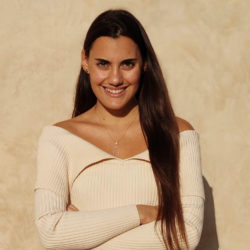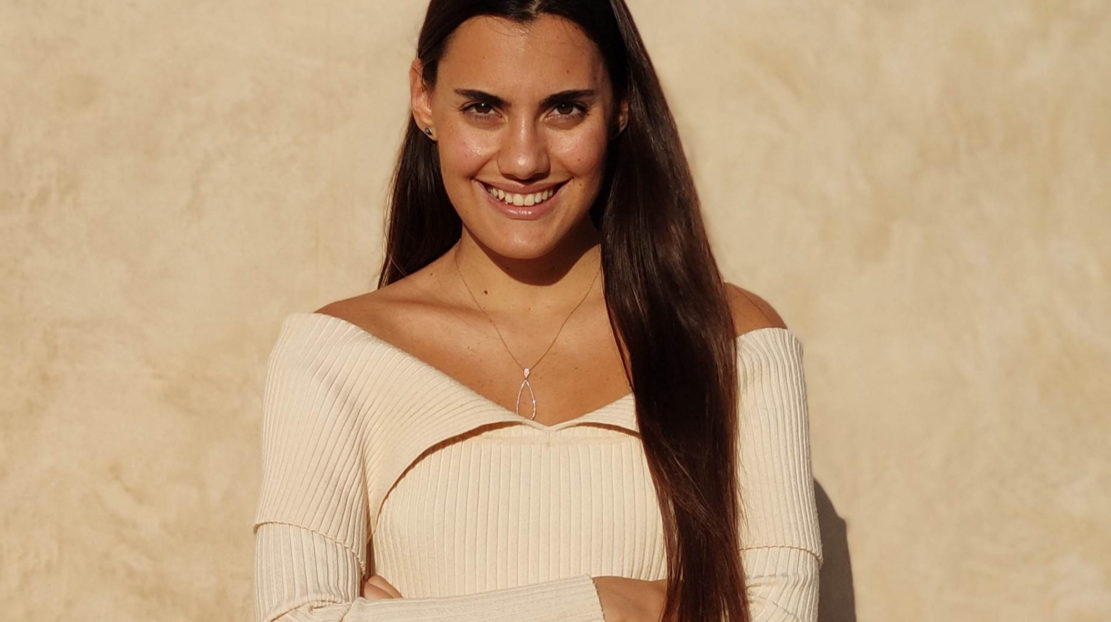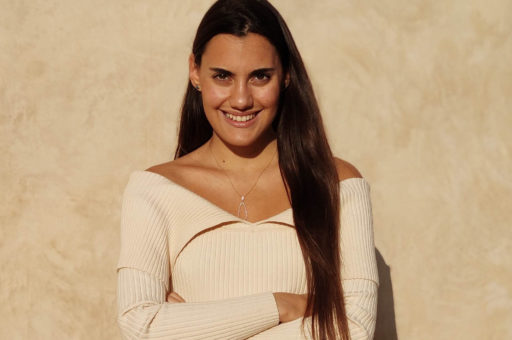About Constantina Theofanopoulou
New York, New York
Dr. Constantina Theofanopoulou is the Herbert and Neil Singer Research Assistant Professor at Rockefeller University, the Director of the Neurobiology of Social Communication Lab, and a Visiting Scholar at the Center for Ballet and the Arts at NYU. Her research aim is to understand the neural circuits of complex sensory motor behaviors that serve social communication, specifically, speech and dance, and to identify possible therapies for speech and motor disorders. In her trajectory so far, she has led and collaborated in studies ranging from behavioral neuroscience to comparative genomics. Her studies have been published in impactful scientific journals (e.g., Nature, Proceedings of Royal Society B) and her findings have attracted media’s interest worldwide (e.g., Science). Dr. Theofanopoulou has received more than 20 scientific awards, including the distinction in the Forbes 2021 list of the 30 most successful scientists under the age of 30. Dr. Theofanopoulou is also actively involved in the dissemination of science to the general public and in inspirational speech (e.g., speech at the University of Yale, TED talk), as well as in the support of underrepresented minorities in science. She has served as STEM mentor in the New York Academy of Sciences, teaching Life Sciences to elementary and middle school students in underserved communities throughout NYC, and in 2021, she was voted networking coordinator at the Council of the Rockefeller Inclusive Science Initiative. Lastly, Constantina is a flamenco dancer, having performed in many solo and group shows worldwide; in 2012, she was awarded with the first prize of the Spanish Dance Society.
Dr. Constantina Theofanopoulou, an Herbert and Neil Singer Research Assistant Professor at Rockefeller University and the Director of the Neurobiology of Social Communication Lab, and Dr. Sadye Paez, a senior research associate in the Neurogenetics of Language Laboratory joined the Center for Ballet and the Arts for the fall semester of 2021. During their time at the Center, they gathered evidence on the neurological links between dance and vocal learning; they examined how species develop the capacity to coordinate rhythmic sound with movement; they theorized the purpose of dance in human evolution; and they designed experiments and methodologies, with a range of clinical and research applications, to clarify how the neuroscience of language and dance intersect. They




